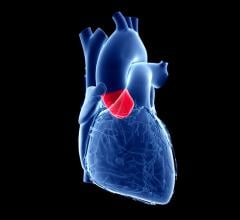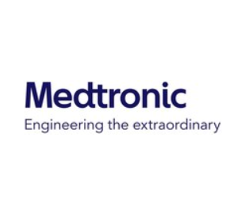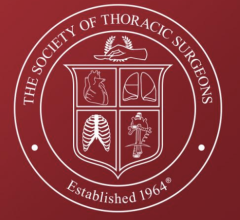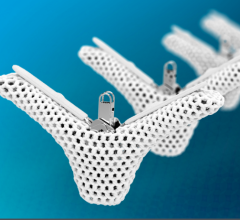
June 13, 2013 — Abbott announced publication of positive outcomes from two European post-approval studies of the catheter-based MitraClip therapy for the treatment of mitral regurgitation (MR). Results from ACCESS-EU, a European prospective study that enrolled 567 patients at 14 sites, have been published in the Journal of the American College of Cardiology. In addition, findings of the investigator-sponsored German TRAnscatheter Mitral Valve Interventions (TRAMI) registry, which enrolled 1,064 patients at 20 German sites, were recently published in EuroIntervention.
Abbott's MitraClip System, which received CE mark in 2008 and is commercially available in Europe and other international markets, is an investigational device in the United States. The device is delivered to the heart through the femoral vein and is designed to reduce MR by clipping together a portion of the leaflets of the mitral valve to allow the heart to more efficiently pump blood.
Data from ACCESS-EU demonstrated that in real-world, post-approval experience in Europe, patients undergoing the MitraClip therapy are predominantly high surgical risk, elderly patients who are mainly affected by functional MR, a type of MR in which a damaged heart impairs the performance of a normal mitral valve. ACCESS-EU showed that in this patient population, the MitraClip procedure demonstrated low rates of hospital mortality and adverse events and provided significant improvements in day-to-day quality of life at one year following treatment.
Findings of the ACCESS-EU study showed:
- Most patients currently treated in Europe are high surgical risk. The mean age was 74 years, with 45 percent of patients older than 75 years. Most patients had secondary or functional mitral regurgitation (FMR), a type of MR in which a damaged heart impairs the performance of a normal mitral valve; low ejection fraction (most 40 percent or lower); and presented with multiple comorbidities, including coronary artery disease (63 percent), hypertension (76 percent), atrial fibrillation (68 percent) and renal disease (42 percent).
- An implant success rate of 99.6 percent.
- No incidence of death or stroke during the MitraClip procedure and in the immediate post-operative period.
- A majority of patients (91.2 percent) achieved MR reduction to MR grade of 2+ or less (on a scale of 1+ [mild MR] to 4+ [severe MR]) at discharge (p<0.0001).
- At one year following the procedure, 78.9 percent of patients were free from MR severity of 2+ or more (p<0.0001), and 71.4 percent of patients were in NYHA Functional Class II or Class I compared to 15 percent at baseline (p<0.0001).
- A large majority of patients (79.2 percent) were discharged to home rather than to a skilled nursing facility.
- Significant improvements in quality of life. At one year, Six-Minute Walk Test results, which measure distance walked on a flat, hard surface in a six-minute period, improved by a mean of 59.5 meters (p<0.0001). Minnesota Living With Heart Failure results, which measure the effects of symptoms, functional limitations and psychological distress on an individual's quality of life, improved by a mean 13.5 points (p<0.0001).
Results of the TRAMI registry showed similar benefits for the MitraClip therapy in both elderly and younger patients. To evaluate the influence of age, patients were divided into two subgroups: patients 76 years old and above, and patients younger than 76 years of age. The procedure proved to be safe in both groups. Hospital mortality was 2.9 percent in elderly patients and 2.8 percent in younger patients (p=0.96). Major adverse car diovascular or cerebrovascular events (MACCE), defined as a composite endpoint of death, myocardial infarction or stroke, was 3.5 percent vs. 3.4 percent (p=0.93) respectively. The majority of patients – 81.8 percent of elderly patients and 86.2 percent of younger patients (p=0.06) – fully recovered from the MitraClip procedure and were discharged without the need for nursing care. There was substantial relief of heart failure symptoms for the majority of patients, with comparable proportions of patients in NYHA Functional Class II or Class I (69.5 percent and 61.4 percent, respectively; p=n.s.).
For more information: www.abbott.com

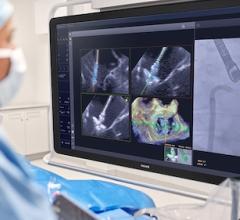
 November 17, 2025
November 17, 2025 
